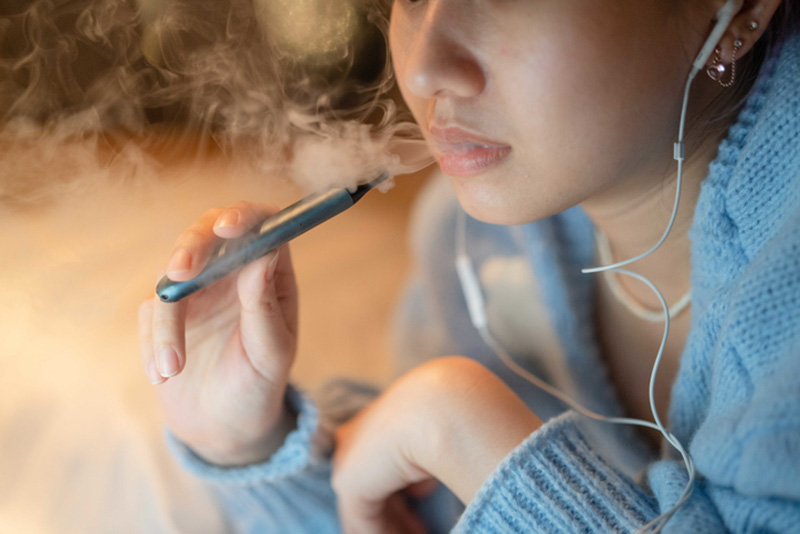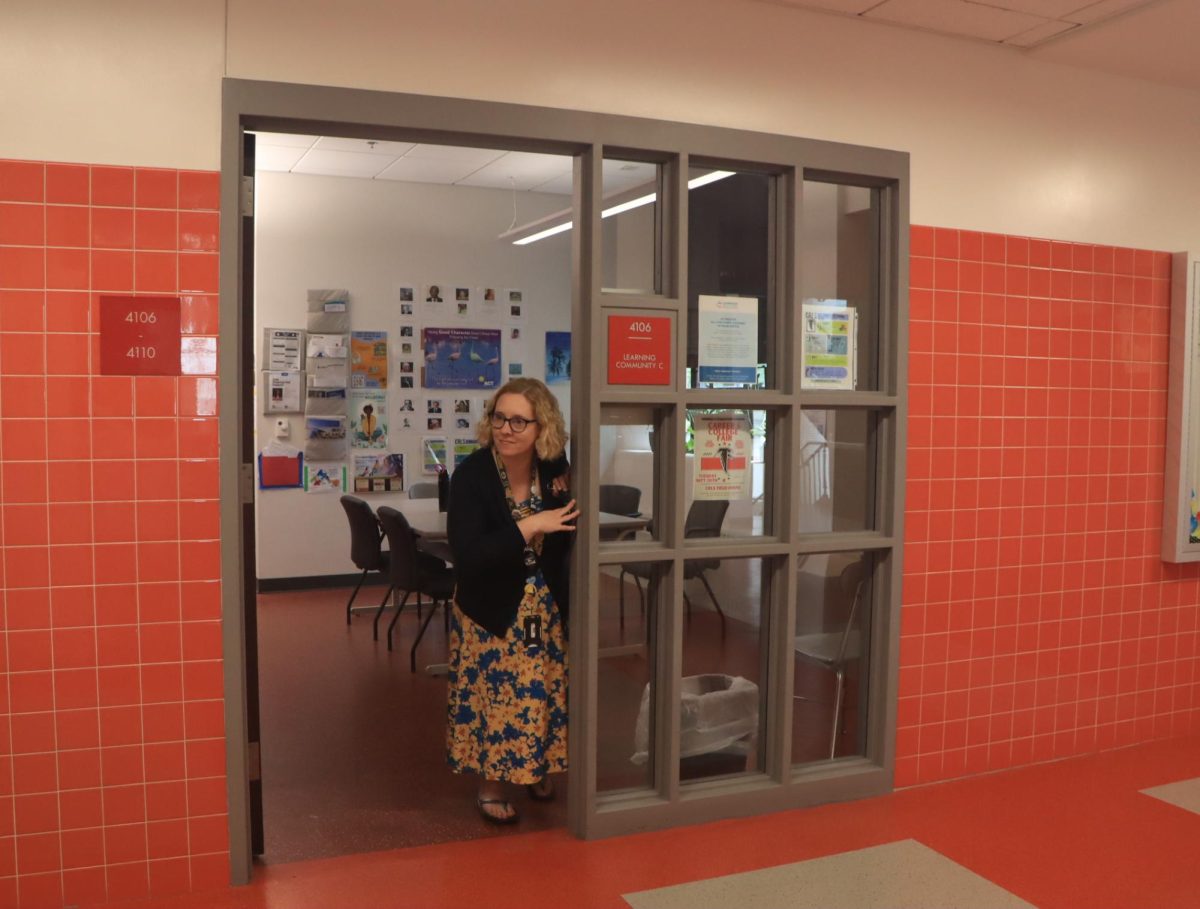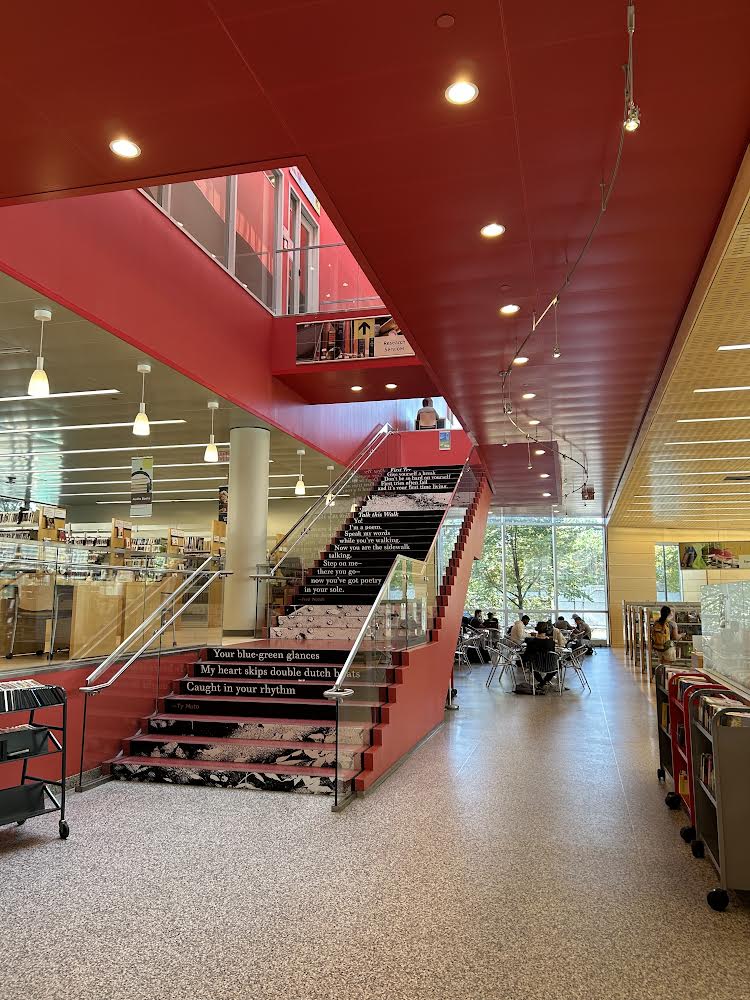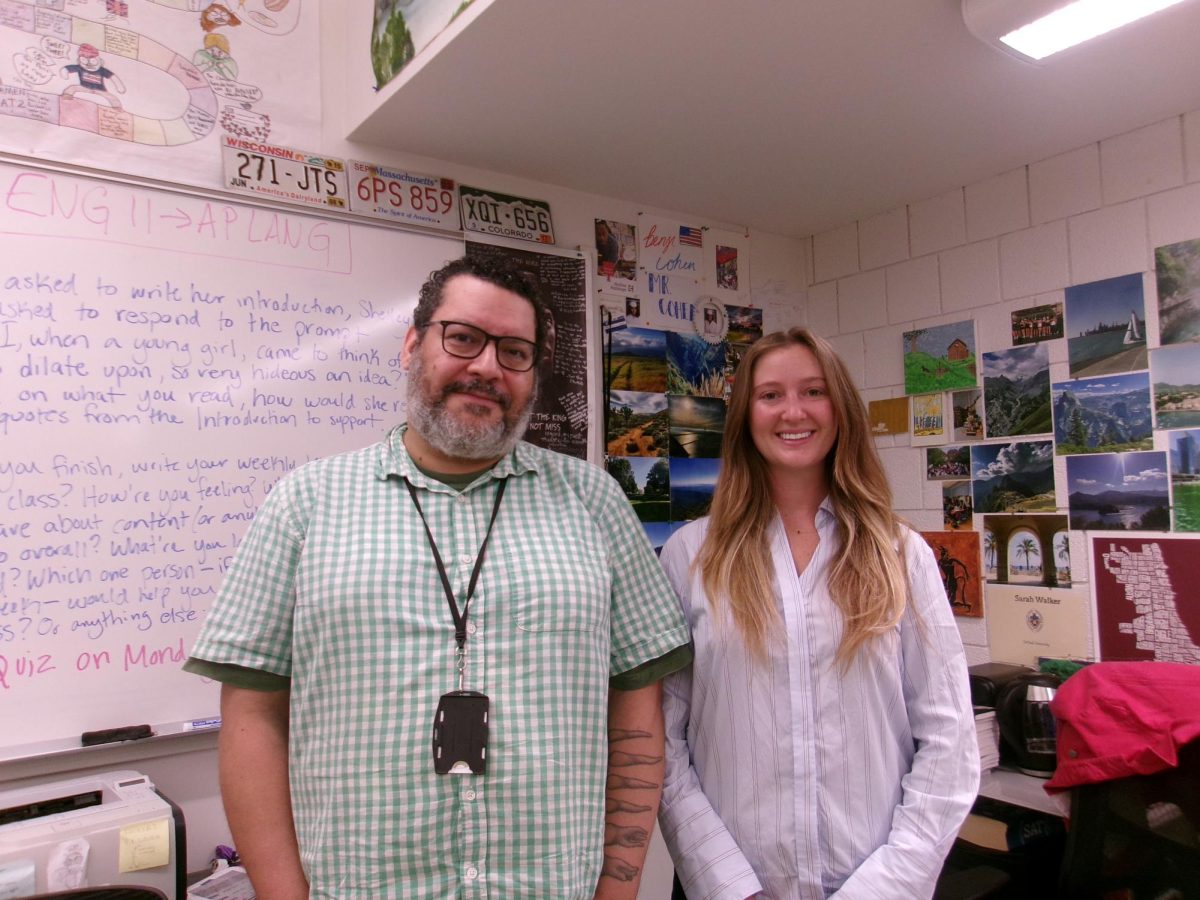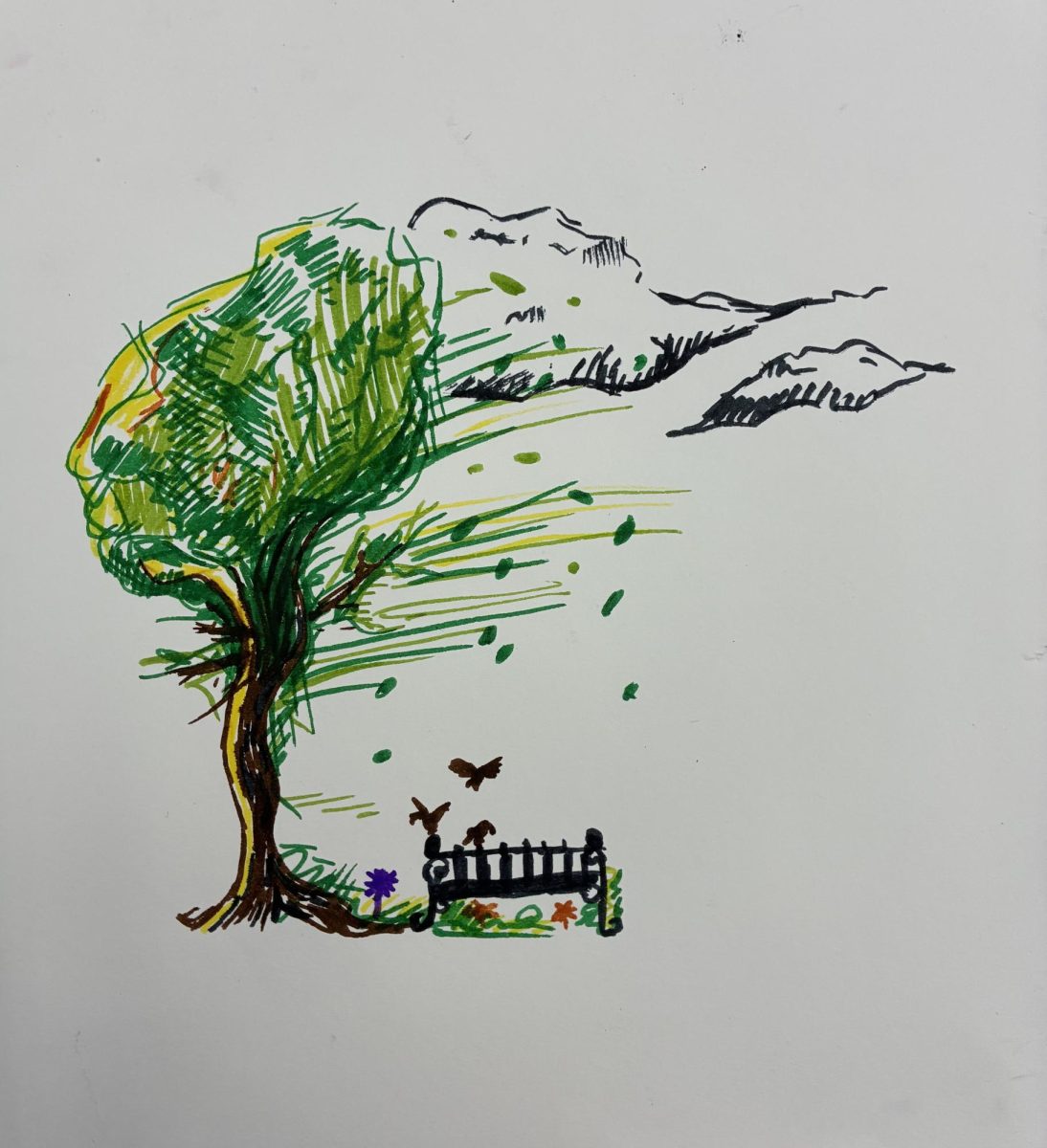Inside the walls of CRLS, a blue haze floats in the hallways and bathrooms, playing a prominent role in student life. According to the Centers for Disease Control and Prevention, following a spike in 2020, vaping has been on the rise, especially among young adults and teens.
In an anonymous Register Forum survey of 200 students across all grades, 10% of students reported to have vaped on school grounds, and nearly 20% have off-campus.
It was also reported that 98% of students have seen another student vaping on school grounds, mostly near the second-floor bathrooms, and in the basement of the arts building. 53% of students are made uncomfortable by the act and 85% agree that vaping is a major problem.
When asked how he felt about it, Aroon Kang ’26 told the Register Forum, “It’s kinda sad, frankly. People our age shouldn’t be able to access vapes.” He commented on how e-cigarette companies target the youth through bright colors and attractive flavors, stating, “It sets kids down the wrong path.”
This response begs the question: what’s being done about it?
According to Interim Principal Allan Gehant, many procedures have already been set. Over the summer, there were vaping detectors put into the bathrooms to deter students from skipping class to vape.
Despite this, almost 80% of surveyed students believe there is minimal to no change in vaping levels from previous years. 95% of students did not even realize these detectors were present.
In addition to new vape detectors, a less preventative, but restorative measure is a unique self-enrolled program called “I Decide”. Offered by Mass General Hospital through CRLS, it will be available to students in upcoming months. Principal Gehant told the Register Forum that the self-enrolled program avoids the “age-old punishment route.” “As we know with substance use, it is not effective,” he adds.
Julia Cortez ’25 has observed an increase in vaping during her time at CRLS. Reflecting on restorative interventions, she notes, “You can’t force someone to stop when they don’t want to.”
Similarly, 60% of students agree that a voluntary program might lose to a lack of internal motivation, or peer embarrassment.
Nevertheless, there is some optimism regarding the program’s future. An anonymous student stated that they “would’ve loved a school-sponsored program.” They described struggles with vaping, adding that this type of program would help with accountability.
Dean of Students of Learning Community C, Dr. Susie Espinosa is one of few teachers currently trained with the program. When asked about her role, she told the Register Forum, “In 4 sessions, the goal is psychoeducation—helping students understand how [vaping] is actually changing their brain chemistry.” When “I Decide” is launched, Dr. Espinosa wants to create a welcoming environment to help students quit.
Vaping is a hard addiction to quit. An anonymously interviewed student, who self-identified as a former addict, provided some advice for people struggling with vaping. They noted, “It’s important to understand that Rome wasn’t built in a day, and quitting doesn’t just happen overnight. Don’t be too hard on yourself.”
This article also appears in our November 2024 print edition.

